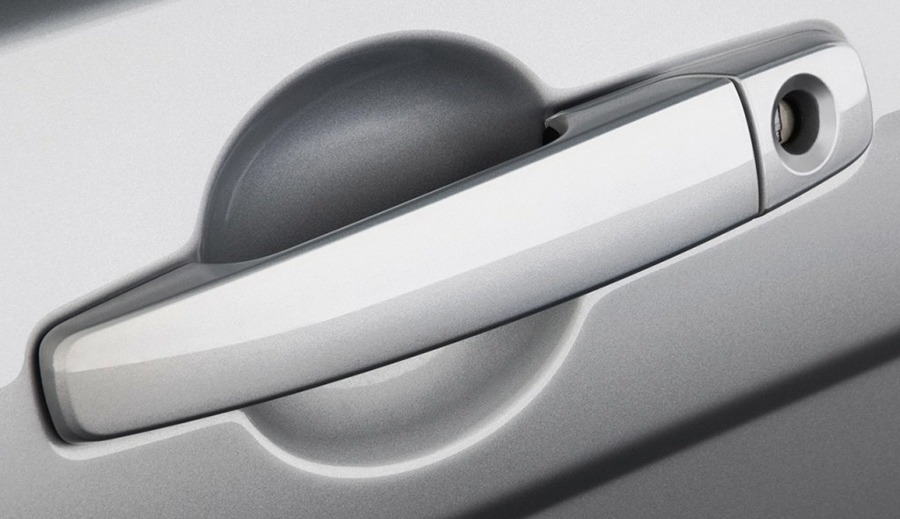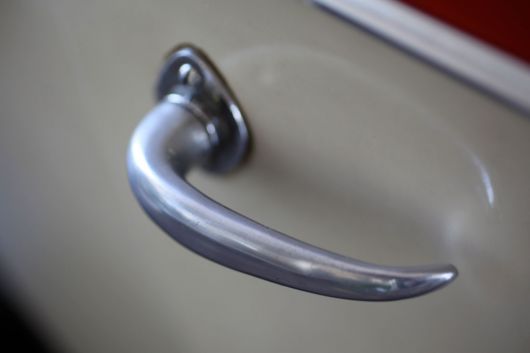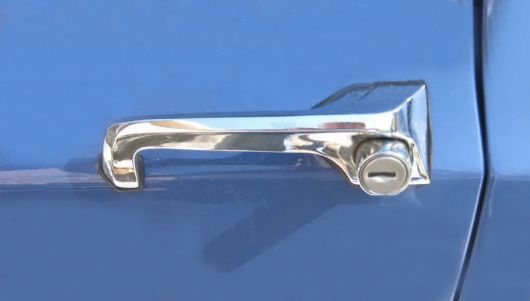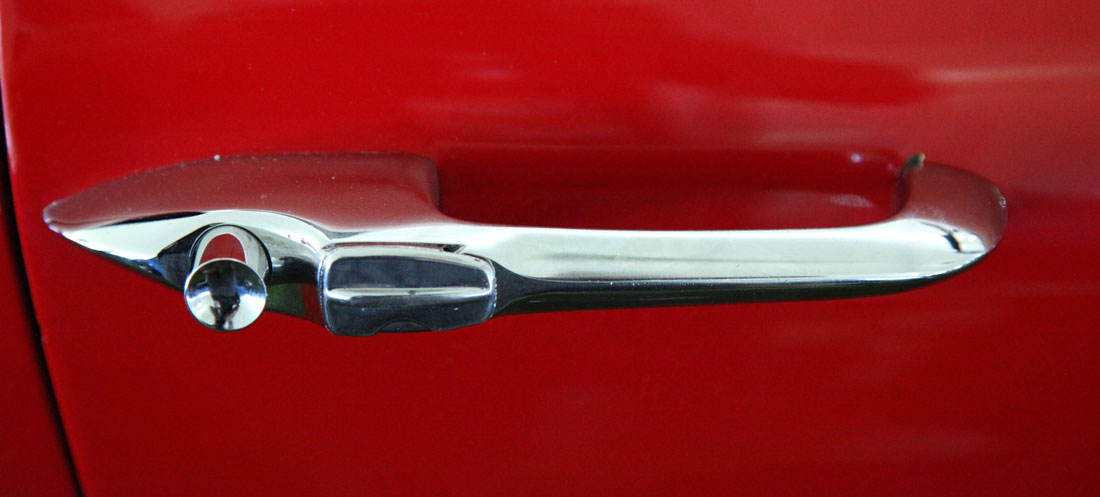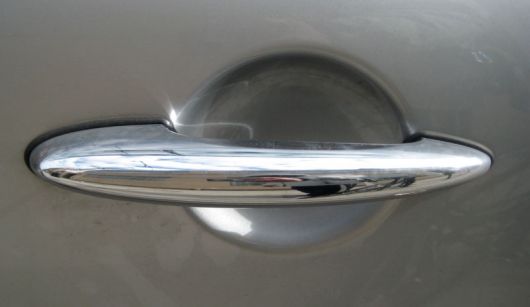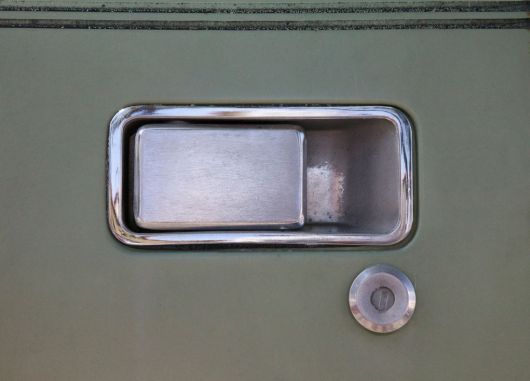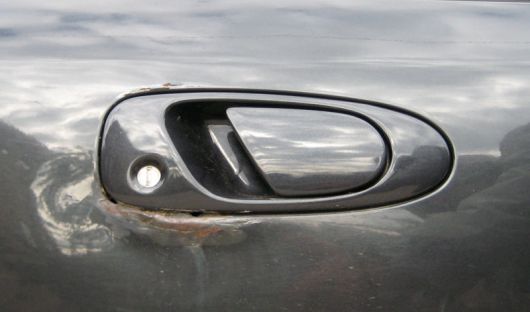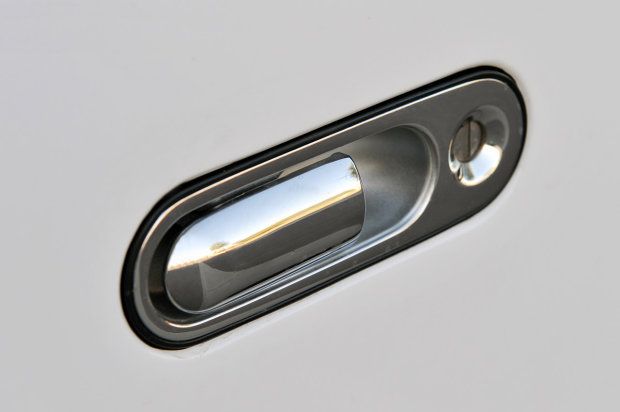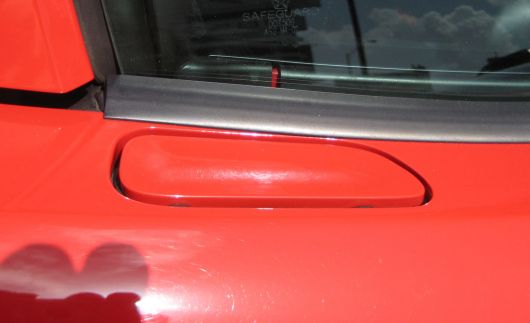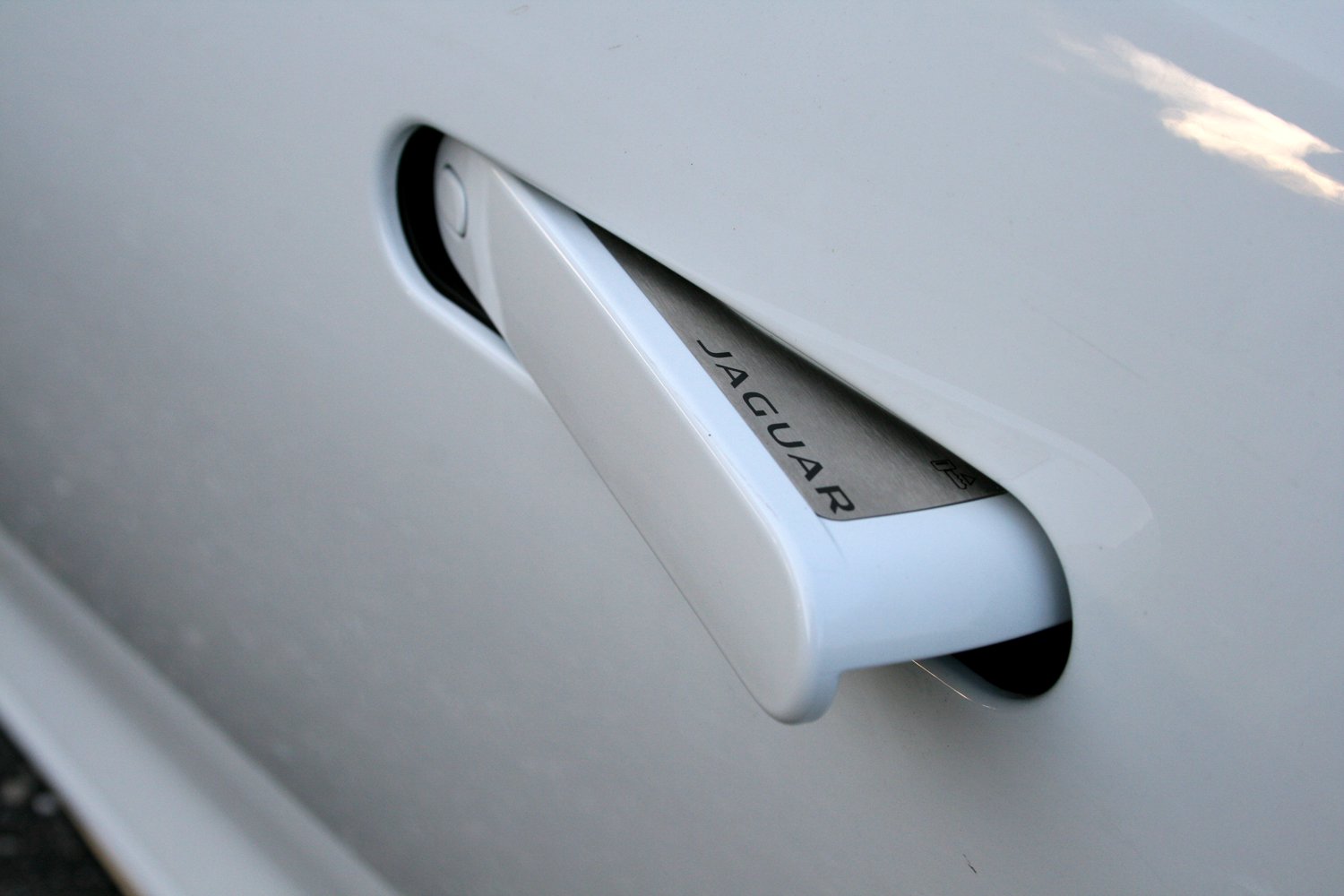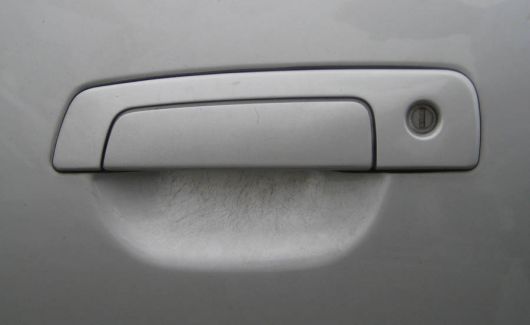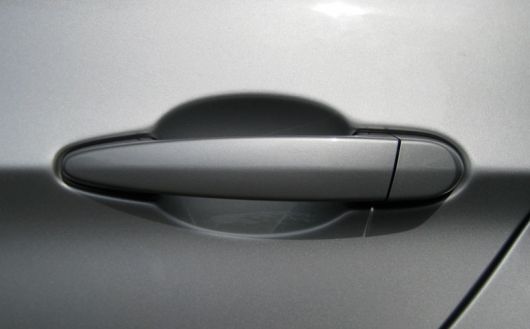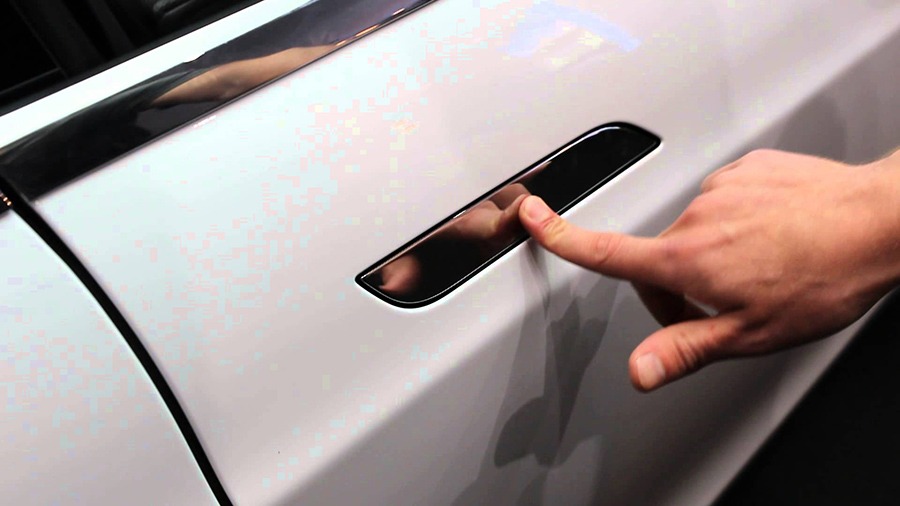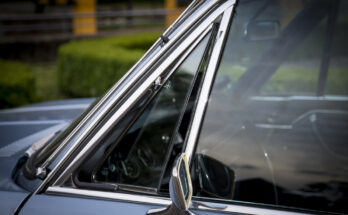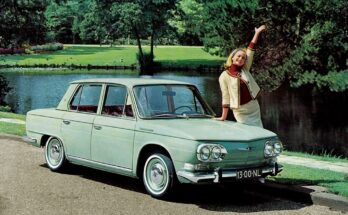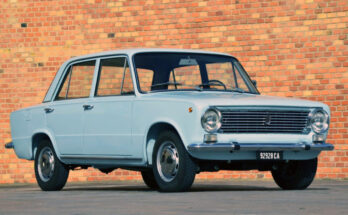Automobile development is a constant process of evolution. Since the introduction, cars have changed significantly the way they look, due to the evolving design trends and safety preferences.
Related: Things That We Miss About Old Cars
From old cars that looked like horse-drawn buggies to the big bloated boat-like cars of the 1950s, & to the ones that you see today, automobiles have significantly changed the way they look & perform. Older features are constantly being replaced with newer & better functions. One such thing is the door handles. Since all these years there have been innumerable designs and styles implemented by different automakers for the very purpose of opening the car door.
Door handles are one of the most important elements of car design, it is your very first interaction with the car itself. Not only that they give style to the vehicle, the way they let you in, accentuates your affection for the car.
Related: When Cars Looked Like Cars…
Although it might not be possible to mention every single door handle type here, still these were the most common car handle types available. And if you are among those who have had a chance to experience the cars from the 1960s & 70s, I am sure you are going to enjoy the read below.
Archaic
Drawing inspiration from traditional architectural door handles, these designs were often featured in some of the earliest automobiles.
Push Button
The push-button door handles
These were found in cars till the 1970s and were forced to phase out due to safety regulations. They were made of metal and you’d need to press the button to get the door opened. Often the key opener was found right there in the button, however in some cases, it was embedded in the door.
Trigger
The trigger door handles
These types of handles were also available till the 70s. Instead of the button on a chrome handle, they used to have a trigger at the inside of the handle and needed to be ‘triggered’ to open the door.
Flap
The flap door handles
Although found in cars from the ’60s & ’70s, flap-type door handles were found even in the ’90s. The most recent example is the 5th generation Honda Civic. You need to pull back the flap in order to open the door. In some exotic cars, a slimmer version of the flap-type handle was found which being so slim could be opened with a finger only.
Push Down
The push-down door handles
Instead of pulling, these door handles allowed you to press the handle in order to get the door opened. The orientation was different depending on the vehicle design, some were mounted laterally, while some were placed on the apex.
Pull Up
The pull-up door handles
These were extremely common in the cars from the 80s and 90s. You simply need to pull up the handle to get into the car. Depending on the vehicle, they were available in different shapes and designs. While for the automakers, they were extremely cheap alternatives to the metallic or complex expensive door handles from the past. But as the safety regulations became stern, these were dropped in favor of the pull-out type handles.
Related: Steering Wheel- Design & Evolution
Another iteration of the pull-up door handles was there with a static, mostly metallic upper part with an embedded trigger underneath, which needed to be pulled up to open the door. Such as the first-generation Daihatsu Charade G10.
Pull Out
The pull-out door handles
These are the most commonly used door handle types used these days by almost every auto manufacturer. First is the safety reason, they aren’t fragile and don’t break as easily as the pull-up type. Secondly, they are cheaper to make. The “grab” part, and the “latch” part, are one piece, simple! Also, they are aligned with the direction of force applied to open the door, contrary to pull-up types where the force is applied upwards to open the door outwards.
Related: The Importance of Government Regulations in the Automobile Sector
Another key reason for introducing these door handles is the increasing number of women buying the cars. Ask any female with long fingernails which handle they like better. 100% of them would say the pull-out handle since it’s much easier to grasp without breaking a nail.
Touch
And with autonomous and alternate energy vehicles being developed in large numbers, here comes the touch door handles. Most EV manufacturers have already adopted touch-sensitive door handles in their vehicles, and will soon be followed by other automakers developing hi-tech & driverless cars.

A computer animation professional with over 23 years of industry experience having served in leading organizations, TV channels & production facilities in Pakistan. An avid car enthusiast and petrolhead with an affection to deliver quality content to help shape opinions. Formerly written for PakWheels as well as major publications including Dawn. Founder of CarSpiritPK.com

